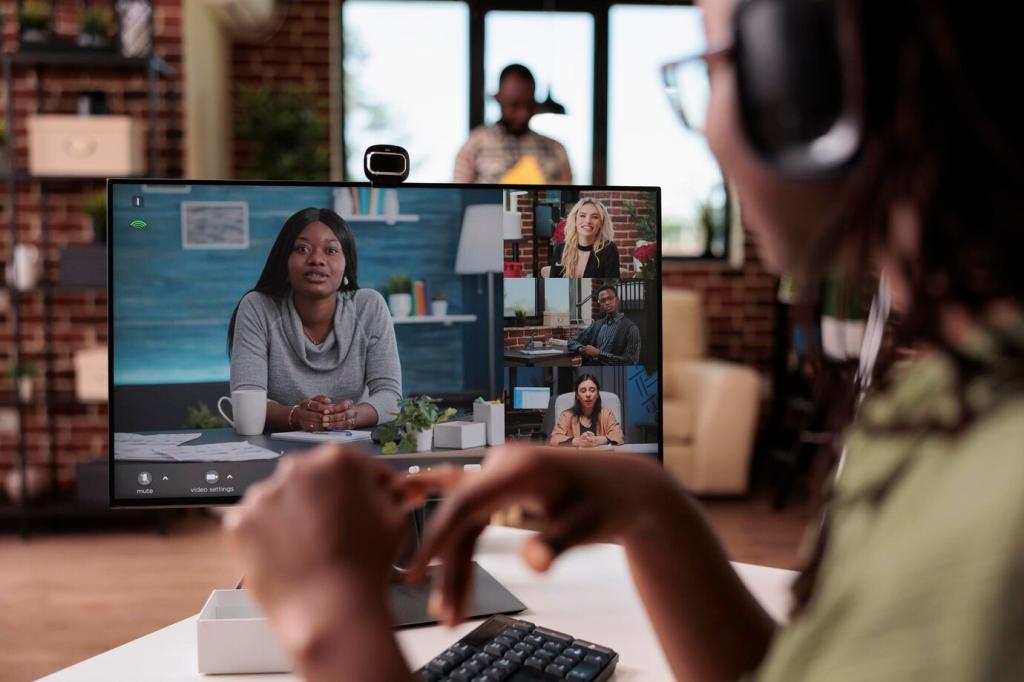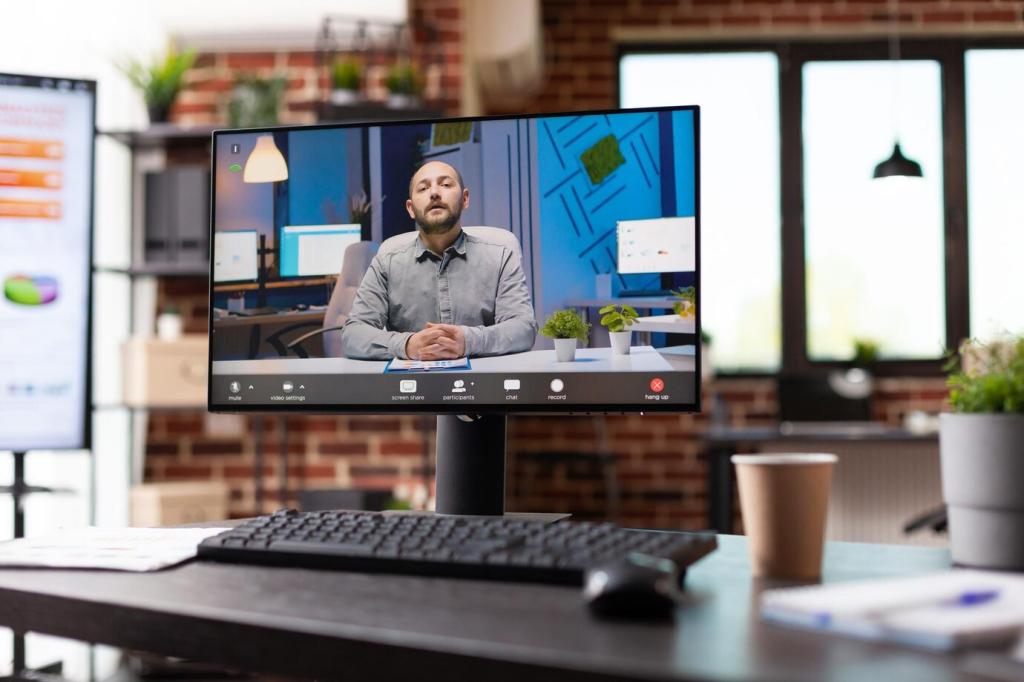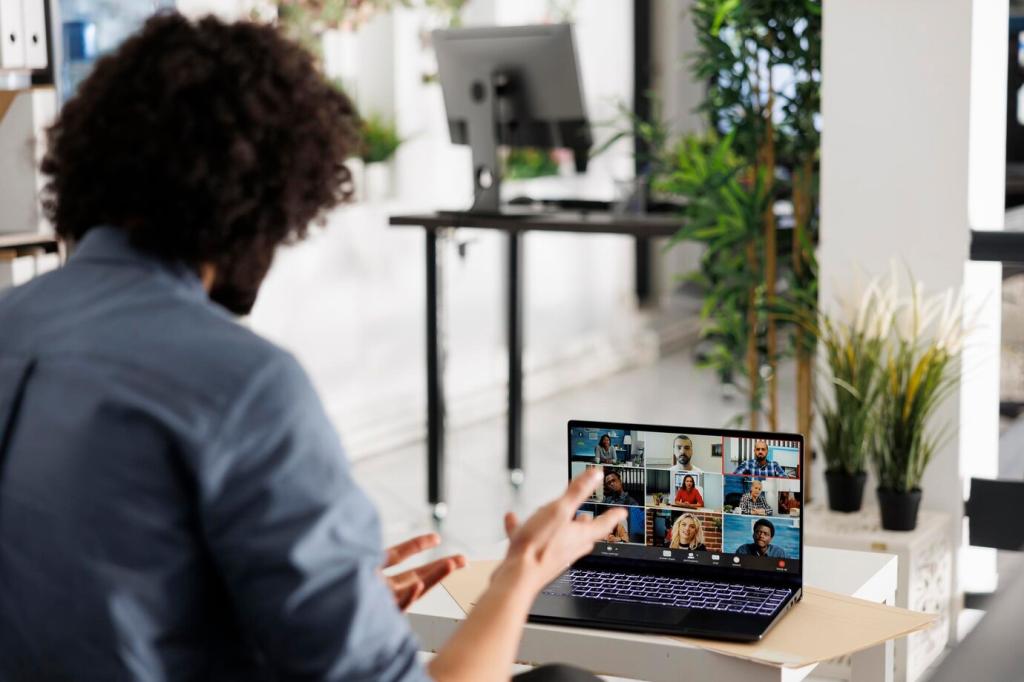Assessment and Practice in a Distributed World
Replace trivia quizzes with realistic scenarios, branching choices, and role plays in breakout rooms. Learners practice judgment, not just recall. Record short reflections afterward. What scenario unlocked real behavior change for your team? Tell us so we can showcase practical examples.
Assessment and Practice in a Distributed World
Design simple rubrics and structured peer reviews. Pair learners across time zones, and rotate roles: performer, observer, coach. Peer pressure becomes peer support. How do you keep feedback timely and kind? Share tactics that reduce anxiety while elevating quality.










